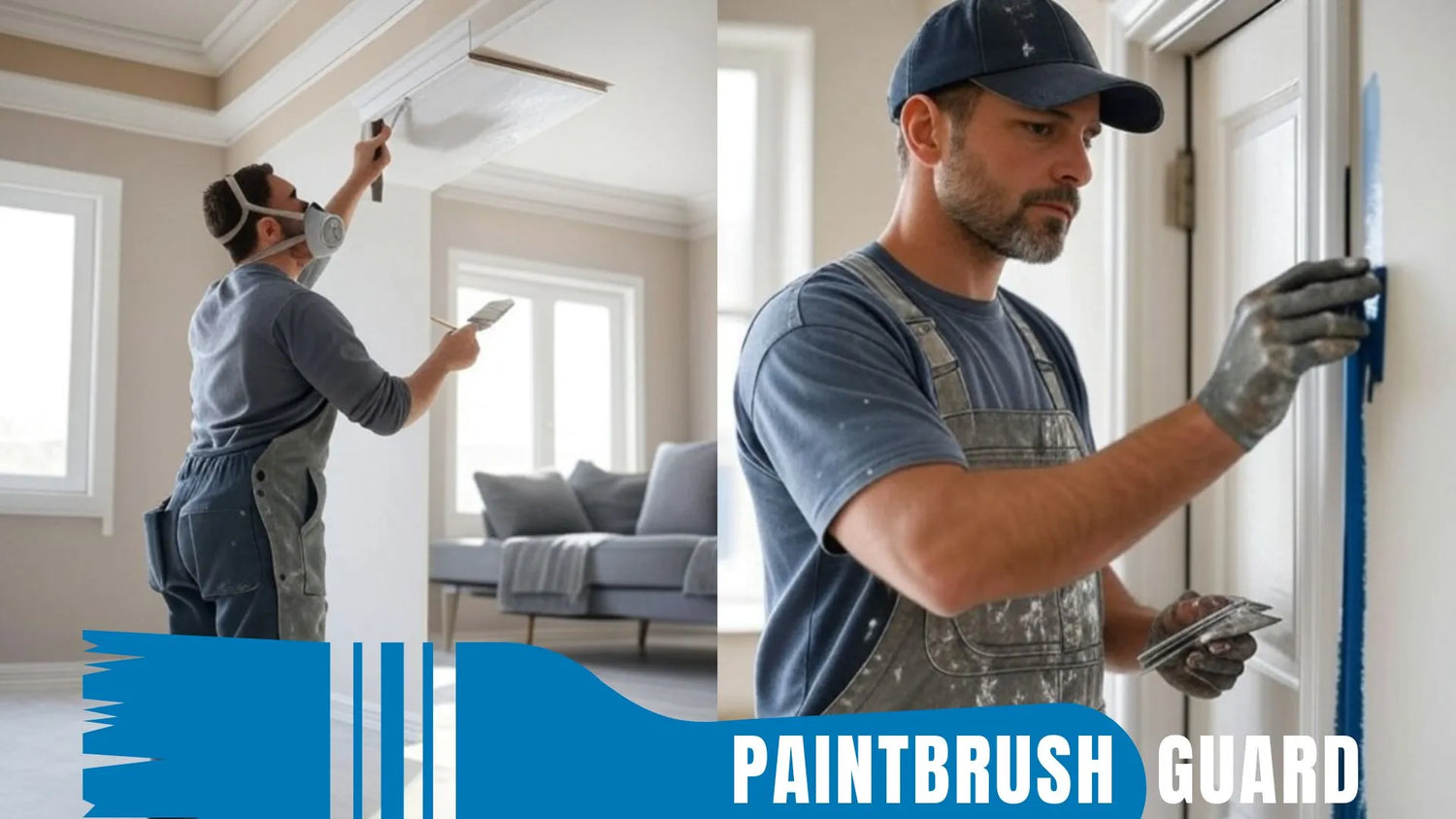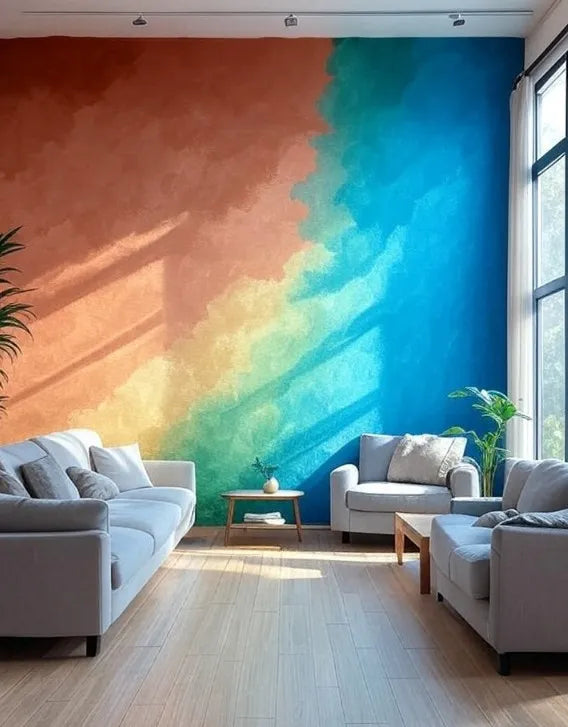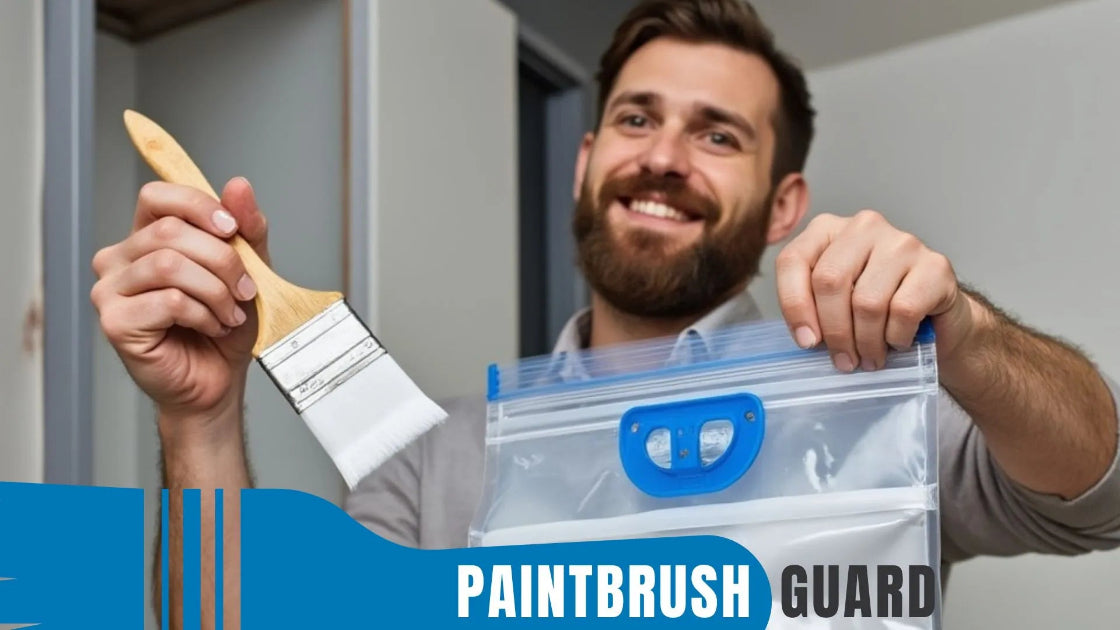
Exterior Painting Cost: Preparation, Factors and Budgeting
|
Time to read 8 min
|
Time to read 8 min
Understanding the exterior painting cost is essential for homeowners planning to refresh their home’s appearance or protect it from the elements.
The exterior painting cost can vary significantly based on factors like home size, surface condition, paint quality, and labor rates.
Beyond budgeting, thorough preparation is critical to ensure a durable, professional-quality finish.
This in-depth guide explores all aspects of preparation for exterior painting, breaks down the components of exterior painting cost, and provides practical tips to manage your project effectively.
In this exterior house painting guide you will learn how to prepare and paint all exterior surfaces step-by-step.
Exterior painting enhances curb appeal, increases property value, and shields your home from weather damage.
However, misjudging the exterior painting cost or skipping preparation steps can lead to subpar results or unexpected expenses.
Proper planning ensures the paint adheres well, lasts longer, and looks flawless, while a clear understanding of the exterior painting cost helps you avoid budget overruns.
By addressing every preparation aspect, you can achieve a high-quality outcome that maximizes your investment.
The exterior painting cost typically ranges from $3,000 to $7,500 for an average 2,500-square-foot home, though prices can climb to $10,000 or more for larger or complex properties.
This cost includes labor, materials, and preparation work, with labor accounting for 70-80% of the total. Below is a detailed look at the cost components:
These estimates vary by region, home condition, and project scope, making it crucial to get multiple quotes to refine your exterior painting cost estimate.
Read our exterior house painting guide: This mega guide gives you clear tips, tools and methods on how to paint all exterior surfaces on your home.
Preparation is the backbone of a successful exterior painting project. Skimping on this phase can inflate the exterior painting cost due to repairs or repainting later.
Here’s an in-depth look at every preparation aspect you need to address:
Before painting, inspect all exterior surfaces for damage, dirt, or mildew. Dirty or damaged surfaces prevent paint adhesion, leading to peeling or uneven finishes. Key steps include:
Cleaning and testing ensure a smooth, safe surface, directly impacting the exterior painting cost if extensive work is needed.
Read our exterior deck painting guide: This guide covers every aspect of preparing for exterior deck painting, from inspection to priming and painting, ensuring your project succeeds.
Damaged surfaces must be repaired to achieve a uniform look and prevent future issues. Common repairs include:
These repairs ensure paint adheres properly and extend the paint job’s lifespan, but they can significantly increase the exterior painting cost if damage is widespread.
Read our exterior door painting guide: This guide explores every step of exterior door painting, from preparation, priming and painting, empowering homeowners to achieve a flawless outcome.
Priming is critical for bare wood, repaired areas, or surfaces with different paint types (e.g., oil-based over latex). A quality primer ensures adhesion and color consistency. Considerations include:
Skipping primer can lead to peeling or uneven color, requiring costly touch-ups that inflate the exterior painting cost.
Read our exterior metal painting guide: This guide helps you achieving a professional long lasting paint result on exterior metal, preventing issues like rust, peeling or uneven finishes.
Protecting windows, doors, plants, and walkways prevents damage and cleanup costs. Key steps include:
Proper protection minimizes cleanup and potential damage, keeping the exterior painting cost under control.
Read our exterior brick painting guide: This in depth guide covers everything from inspection, priming and painting house brick for a professional finnish.
Weather significantly affects exterior painting. Painting in extreme heat, cold, or humidity can cause poor adhesion or drying issues. Plan for:
Timing your project correctly avoids rework and keeps the exterior painting cost predictable.
Read our exterior brick painting guide: This in depth guide covers everything from inspection, priming and painting house brick for a professional finnish.
Multi-story homes or those with complex architecture require scaffolding or specialized equipment, significantly impacting the exterior painting cost. Considerations include:
Ensuring safe access is non-negotiable, as it affects both safety and the exterior painting cost.
Read our exterior concrete painting guide: This guide walks you thorugh all steps from preparing to painting exterior concrete.
Beyond preparation, several factors shape the exterior painting cost:
These factors highlight the importance of tailoring your budget to your home’s specific needs to avoid surprises in the exterior painting cost.
This in-depth guide explores every aspect of preparing for exterior wood painting for homeowners.
To keep the exterior painting cost within budget, consider these strategies:
These tips help you control expenses while ensuring a high-quality result.
With no cleanup required after a painting session, you can take a short break mid-project or wrap up your painting for the day, your brush stays ready without the need to clean.
By thoroughly inspecting and cleaning surfaces, repairing damage, priming, protecting surroundings, planning for weather, and addressing accessibility, you set the stage for a durable, professional finish.
Factoring in variables like paint quality, siding material, and labor rates ensures your budget aligns with your home’s needs.
With careful planning and strategic cost-saving measures, you can achieve a stunning exterior transformation without breaking the bank.
Start gathering quotes today to kick off your exterior painting project with confidence.
Cleaning removes dirt, mildew, and loose paint from a cedar siding home, ensuring proper paint adhesion for a durable finish. Using a low-pressure washer and mildew-resistant cleaner prevents peeling, reducing rework and maintaining a professional look without environmental harm.
The Paintbrush Guard’s vacuum-seal technology keeps brushes wet during breaks for a brick patio repaint, saving 15 minutes per session by eliminating cleanup. This preserves bristle quality, reduces water and solvent use, and supports eco-friendly preparation for a seamless painting process.
Applying a quality primer on a weathered wood fence seals surfaces and enhances paint adhesion, reducing the need for extra coats. This ensures color consistency and durability, minimizing long-term maintenance expenses and achieving a cost-effective, professional finish.
Scheduling a stucco exterior repaint during a dry, mild-weather window with low humidity prevents adhesion issues and drying delays. Painting in small sections during optimal conditions ensures a smooth finish, avoiding costly rework due to rain or extreme temperatures.
Using painter’s tape and drop cloths to cover windows, plants, and walkways during a vinyl siding project prevents paint splatter and damage. Sealing gaps with caulk reduces water infiltration, ensuring a clean, efficient process and a long-lasting, professional result.

Learn about eco-friendly painting, tips and tutorials on house interior and exterior surfaces, so you can get started with your project without any surprices during or after your painting.

Learn how interior house paint colors influence mood with expert tips on room preference so you can pick the best colors for a harmonious home environment.
We focus on the most popular shades for each interior colors, so you don't miss no matter what color you pick.

Learn how this innovative tool allows you to store paintbrushes without the need for immediate cleaning, offering significant advantages in time savings, water conservation, reduced chemical pollution, and lower costs for supplies.

